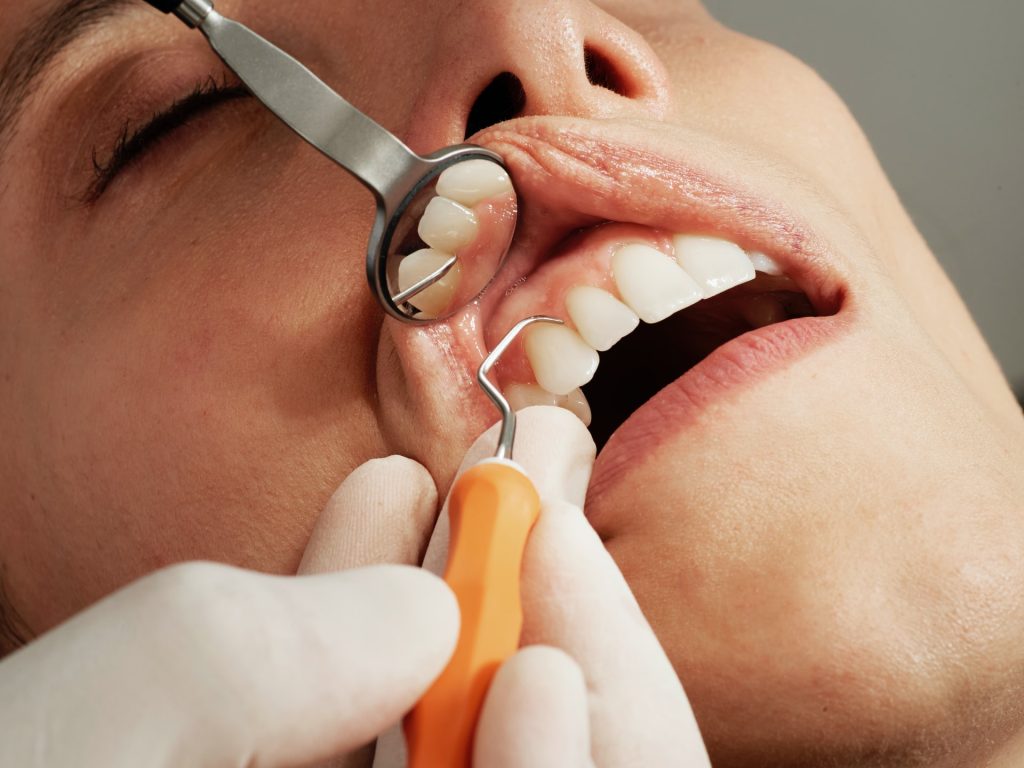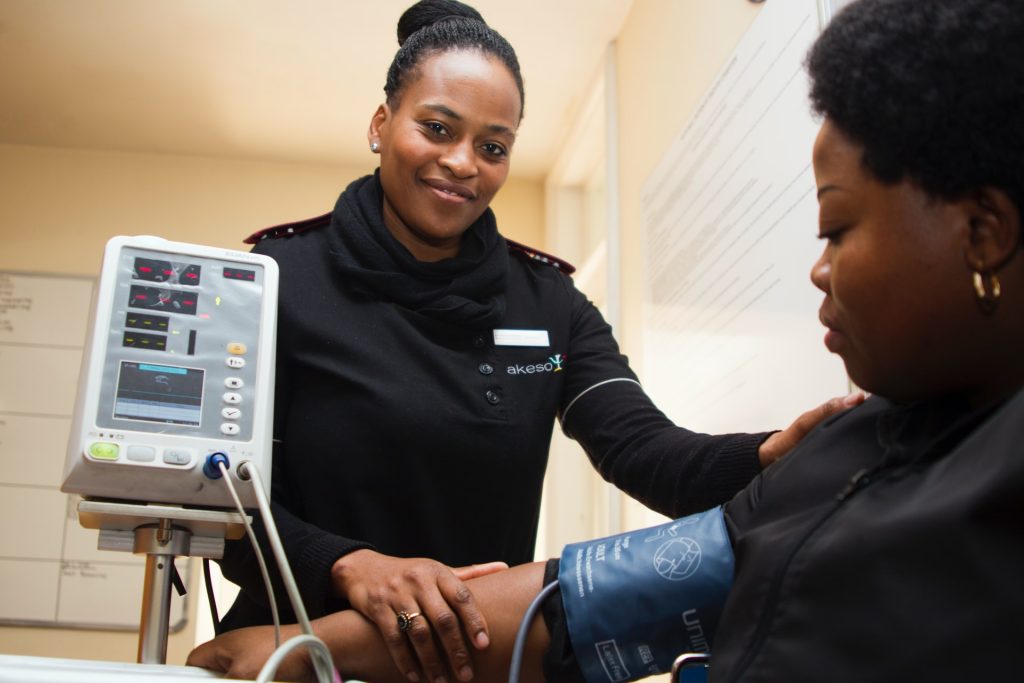June Marks Men’s Health Awareness Month

According to the Centers for Disease Control and Prevention, men, on average, die five years earlier than women and die at higher rates from three leading causes of death – heart disease, cancer, unintentional injuries – and, more recently, from COVID. During Men’s Health Month, we encourage men to take control of their health and for families to teach young boys healthy habits throughout childhood.
In June every year, we pay special attention to men’s health. Men’s Health Month aims to heighten the awareness of preventable health problems and encourage early detection and treatment of disease among men and boys. This month allows health care providers, public policymakers, the media, and individuals to encourage men and boys to seek regular medical advice and early treatment for disease and injury.
Men are more reluctant to seek healthcare
A health gap exists – men die younger than women, and they are more burdened by illness during life. They fall ill at a younger age and have more chronic conditions than women. Research by Harvard Health Publishing shows that men are more than three times more likely than women to develop kidney stones, become alcoholics, or have bladder cancer. They are about twice as likely to suffer from emphysema or a duodenal ulcer. Although women see doctors more often than men, the healthcare investment required for caring for men amounts to much more, especially beyond the age of 65.
However, society expects men to be seen as tough, push through pain, and rarely show signs of weakness. This mindset subconsciously trains men to believe that seeking help of any kind – including going to the doctor – exhibits weakness. But it is not only society’s influence that plays a part. Further research shows that 21% of men tend to avoid the doctor because of fear. They worry about an adverse diagnosis or a bad outcome. This same research finds that only 40% of men go to the doctor only when they have a severe health issue and never go for routine check-ups. It is far lower than women’s frequency of doctor visits, and it is a concerning figure.
Unfortunately, mental health is also one of the most stigmatised issues affecting men. The American Psychological Association reports that 30.6% of men have suffered from depression in their lifetime, and their hesitation to seek care may be worsening this issue. As a trend, men are notorious for not talking about their feelings. Psychologists have documented that discussing emotions is just another form of vulnerability that can lead to discomfort for men. It can be scary for many men to begin sharing their feelings. But the payoff is worth it: men who express their feelings verbally are less likely to express them violently.
How Medshield supports men
Medshield offers a variety of plans that suit members of every age and budget. Our Managed Care Programmes assist our members with managing chronic conditions in collaboration with the member’s respective treating practitioners. We encourage men to utilise our Wellness Benefits which include cover for annual tests e.g. cholesterol and PSA Screening, for early diagnosis and treatment. Our benefit plans allow you the freedom to visit your doctor for a general appointment at any time to monitor your overall health, and our plans have robust mental health benefits to ensure holistic care.
Many people feel that medical aid schemes cost too much, but having the right plan means you won’t need to rely on state clinics and hospitals for care. It also means you can have tests, screenings, and procedures done early without waiting to save enough cash for it (and potentially worsening your condition). Healthcare does not always just require hospital stays, either – sometimes other expenses appear in physiotherapy, dental visits, and even costly chronic medication that most would struggle to cover each month. Nobody can predict what the future holds, and unfortunately, sometimes the sudden onset of illness or an accident are common aspects of life.
We encourage men to take charge of their health!
Let’s work together to turn these trends around. This June, we invite all men to take that step toward a healthier lifestyle and to get screened for any potential illnesses. You may be resistant at first, but persistence is powerful, and you’ll be doing your part to improve your health.
Here are ten tips to start on your new health journey:
- Avoid tobacco in all its forms.
- Eat well. That means eating more healthful foods and fewer harmful foods.
- Get at least 30 minutes of moderate exercise nearly every day.
- Stay lean. It’s equally hard for men and women, but partial success will help.
- If you choose to drink, limit yourself to one to two drinks a day, counting 150ml of wine, 375ml of beer, and 30 ml of spirits as one drink.
- Reduce stress by getting enough sleep and building social ties and community support.
- Avoid risky behaviour, including drug abuse, unsafe sex, dangerous driving, unsafe firearm use, and living in hazardous household conditions.
- Get regular medical check-ups, screening tests, and immunisations.
- Seek joy and share it with others – laughter is good medicine. Fun and optimism improve health as well as happiness.





